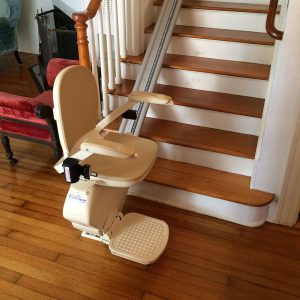When it comes to dealing with pest infestations in a commercial building, early intervention is important. Whether you’re dealing with stored product pests or rodents, the earlier you call in a professional pest repellent team & use a raccoon trap for better results. However, do not try to call them on weekdays. This not only hampers your workflow but also ensures unnecessary chaos.
It’s important for you and your staff to take note of pest infestations and pest activities in your commercial building to ensure you seek professional help as soon as possible.
Below, we discuss several signs of a commercial pest infestation so you can request a pest electronic repeller available at Pest Free USA when you notice any signs of the problem. There are several online websites that give pest control services to larger buildings. Calling them would also suffice.
1. Dropping around the building:
Pest droppings are a sure-fire sign of an infestation. Check your building for urine trails and fecal droppings regularly. Remember that mice and rat waste are pretty easy to spot, while waste from smaller pests, such as bed bugs, can be more difficult to see. Always remember that preventing your office building from pests is also going to enhance the productivity of your company. The reason is that a healthy work environment will lead to less falling sick of employees. This will lead to an increase in productivity.
A careful and thorough examination is important. Be sure to instruct building staff, especially kitchen and cleaning staff, to examine floors, furniture, walls, and bedding regularly for signs of droppings. You should also give your employees, the freedom to instantly complain about any insect-related occurrence or remains that they have noticed.
2. Nests:
Rodents tend to make nests out of whatever they can find, including leaves, grass clippings, and shredded paper. They’ll often be found nesting in discreet areas such as between walls or underneath office flooring. That’s why you should regularly perform careful inspections for signs of nesting.
3. Grease tracks and marks:
Grease tracks and marks are a sign of rodent infestation. Both rats and mice tend to travel the same path, leaving behind tell-tale greasy marks. Rats, especially, like to run along walls, leaving dark grease spots in their trail.
4. Structural damage:
Physical damage to your commercial building, like gnaw marks and holes, is a major indication of a pest infestation. Mice and rats like to chew anything, so gnaw marks of wiring and furniture is a big red flag.
Also look for small holes in walls and floors as a sign of a pest infestation, along with damaged wood – be it decking or furniture – which is often an indication that there are termites. Try and call maintenance services once every weekend. Make them inspect clean your entire office. This will further make insect trails more prominent and you can take early measures to stop it from spreading.
5. Plant damage:
Also, keep an eye out for insect trails and gnawing on the edges of outdoor garden plants and grass blades. Damaged lawn, large brown, dead patches, and uneven grass length may all be indicators of a pest infestation. If your property’s lawns start showing infestation signs, it could be caused by grubs, beetles, moles, voles, crickets, flies, or other pests and best to call in the professionals.
Stop Pests In Their Tracks:
Pests and rodents can cause a lot of structural damage to your commercial building. They can chew through furniture, walls, and electrical wiring and leave behind them grease trails and droppings that can result in major health risks.
If you start to notice signs of a pest infestation around your commercial business, you should be worried, but calling in the professionals as early as possible can help rid your property of the infestation and keep pests away in the future.



